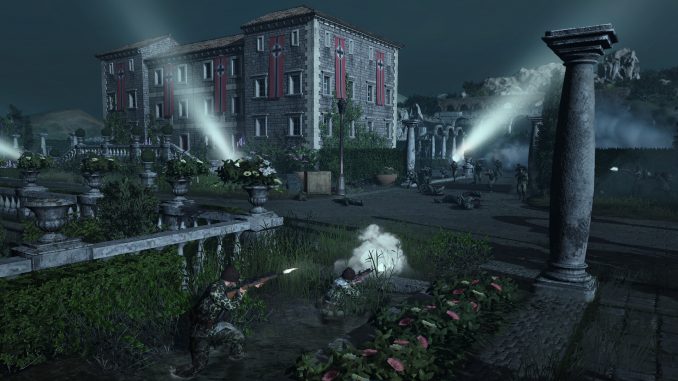

One of her most treasured possessions is a Bedouin rug handwoven by her great-grandmother which is characteristic - through its colors and pattern - of the town of Madaba in Jordan. (Supplied)įor Seikaly the link with her heritage goes deep. This combination can create intricate connections among systems and deepen our understanding of how material, geometry, and structural form interact and influence each other, as well as how they adapt to the environment.”Ībeer finishing her Woven Textiles. She noted: “Technologies of handcraft, merged with the digital processes of today, can bring fluidity to contemporary architectural and design practices. It is rollable, easy to set up, dismantle and transport and ideal as a place for respite or community events. The mobile pavilion, named “Terroir” which translates as “land” or “earth,” celebrates Bedouin heritage and lineage. She used the yarns woven on their traditional ground looms to create a structure that has a modern aesthetic with clear cultural and historical ties to the region. Terroir Textiles Rolled for Transportation, Abeer Seikaly. She has described the women as the “silent architects” behind “Beit Al-Sha’ar” - literally “House of Hair” or Bedouin tent - and regards the gradual loss of their traditional craftsmanship knowledge and heritage as a “waste of valuable economic potential.”


LONDON: Over the past five years, Jordanian Palestinian architect, artist and cultural producer Abeer Seikaly has been working closely with Bedouin women of the Howeitat tribe in Al-Jafr within Jordan’s Badia desert landscape to incorporate their knowledge of ancient styles of weaving into her designs.


 0 kommentar(er)
0 kommentar(er)
